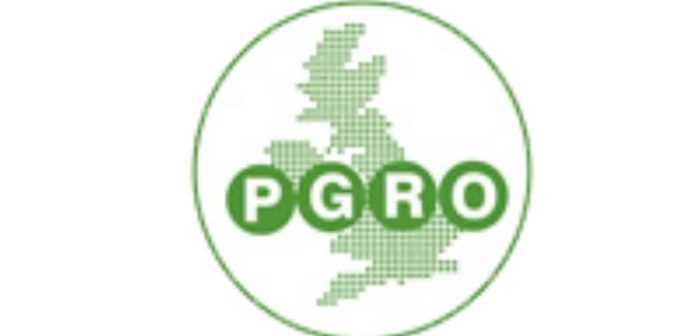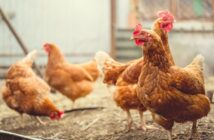“Winter beans look great coming into the spring with few reported issues and spring crop drilling is now proceeding apace with most going into excellent seedbed conditions,” reports Roger Vickers, Chief Executive of PGRO. “ The season is setting up for a good start, though there is clearly a very long way to go. As we experienced in 2016, conditions experienced in mid June/early July can have a massive impact upon crop outturn, even after an excellent start.”
Turning to an international perspective, Franek Smith, President of BEPA, reports the size of the 2016 Australian Faba bean crop was a record and thought unlikely to be repeated in 2017, which will have potentially positive benefits to exporters. Australian issues with deliveries to Egypt have dampened their enthusiasm and prices have drifted upwards by as much as $30/t, with better market opportunities elsewhere.
Both Canada and the USA are forecasting significant increases in pea production which may put pressure on international prices in the feed pea sector. So much will depend upon the domestic pea production levels realised in India and Bangladesh.
There is no trade of any note for Human Consumption Beans. Tiny potential demand into Sudan in June could fetch a £10 premium over feed, but it is doubtful there is any left to be sourced. This would value it at circa £170/t ex. The currency issues with Egypt remain unchanged in any significant way. New crop bean business is being traded with same base price as feed beans. Any human consumption premium is unknown at this stage – though it is believed that the export market will be very hungry for supply of good quality as soon as the first crops are harvested in early September.
For Feed Beans, the market values for the 2016 crop have been quite consistent and very flat throughout. A dull trade at currently circa £160+/t ex.
The remarkable good news in 2017 for beans has been the delivery into UK feed industry. DEFRA figures and UK trade estimates suggest at least a doubling of consumption, perhaps in excess of 370,000t.
Beans provide a good source of protein and starch, which not only feed well, but also bind other products into quality pelleted feed. Feed producers do like beans. The losers will have been rapeseed meal, soya, wheat and other mid-range protein sources, but in the bigger scheme of things, these quantities will not be noticeably missed across these sectors. Demand is slowing as stock are turned out. New crop is trading at a premium to November wheat of approximately £26/t
For combining peas, the situation for Marrowfat peas remains unchanged from recent reports. Traders are still clearing up contracts from 2016 so free market sellers will have to wait or sell at a discount if buyers can be found. There is limited free market opportunity to sell other than into micronising where values will be comparable to large blue peas. Limited contracts for 2017 production are available. Quality parameters may for be very specific contracts with wide movement windows. Values are circa £235-240/t ex.
With little now available and demand for Large blue peas, prices have risen to £225/t ex farm for the best samples (<5% bleached). Poorer samples trade at a discount of circa £30/t (circa £195/t ex) and feed quality only can expect little other than a £5/t discount to feed beans (circa £155/t ex). All blue peas are underpinned by Canadian import values.
Contracts and pools for crop 2017 are available with likely min/max offers circa £170-£200/t ex with options for movement before May.
Yellow peas are very scarce – as previously reported. Values are nominally in line with the best blue peas. Good prices for the last two seasons mean yellows are attracting a lot of attention from growers.
Traditionally lower priced, they have benefitted from strong demand and inability to meet that demand from traditional competing sources.
Whilst the world market is massive and presents opportunity, it remains to be seen whether an increase in supply will materialise worldwide to over satisfy demand. Contracts are available for crop 2017 with nominal values estimated at circa £170/t plus




